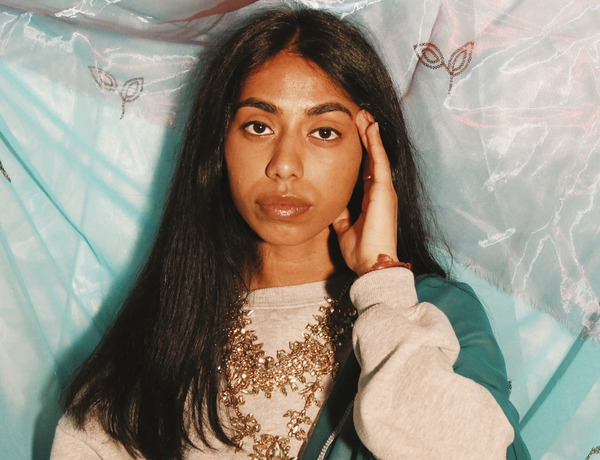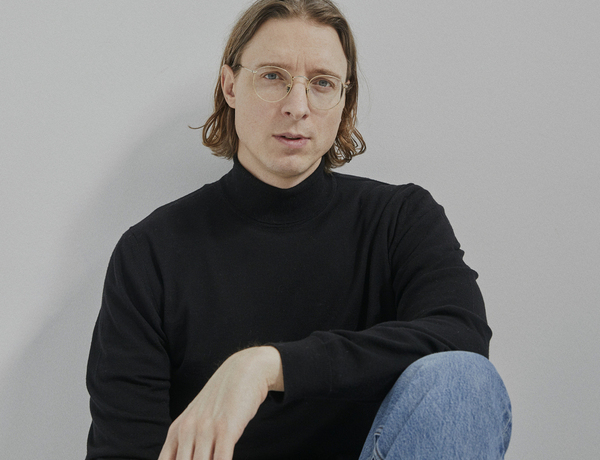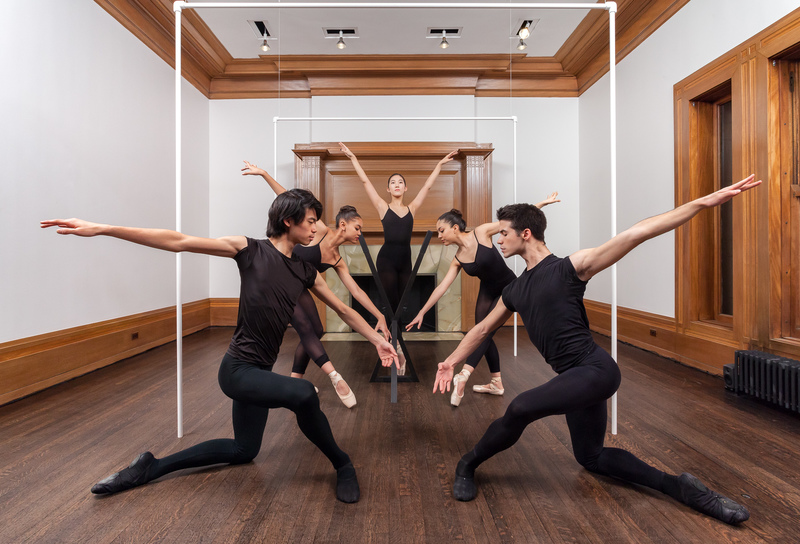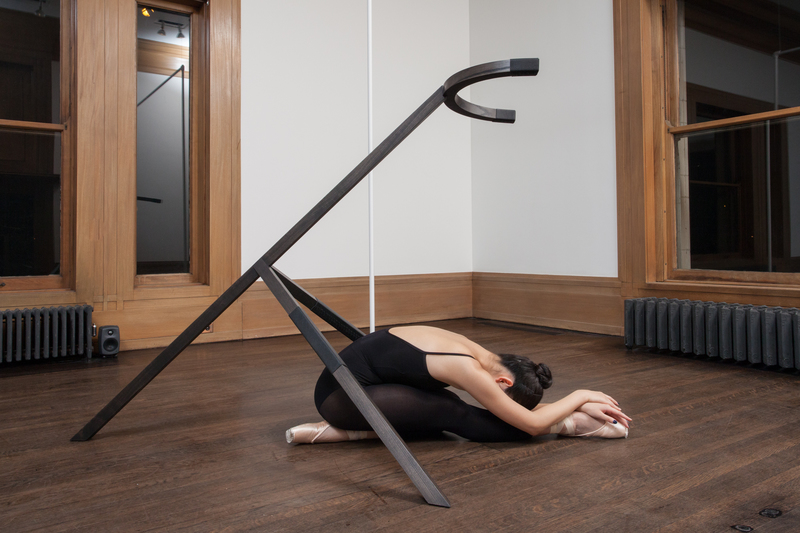Interview with Brendan Fernandes
Could you tell us a bit about yourself?
My name is Brendan Fernandes and I am a visual artist who works between the intersections of dance and visual arts. My current projects address issues of race, queer culture, migration, protest and other forms of collective movement. I am always looking to create new spaces and new forms of agency, where my projects take on hybrid forms: part Ballet, part queer dance hall, part political protest...in this I am always looking to find a collective space for collaboration and fostering social solidarity.
Where did you grow up?
I was born and raised in Nairobi, Kenya and immigrated to of Toronto in 1989, I attended elementary, high school and college in Toronto; it was also the city where I began to dance.
Why and when did you move to Chicago?
I moved to Chicago in the fall of 2016 to take on an Artist in Residence and Faculty position at Northwestern University in the Department of Art Theory and Practice. The two year position has now been extended and I call Chicago home now.
What initially inspired you to pursue a career as a visual artist?
Dance and visual arts have always been a part of my childhood growing up, I was always drawing or dancing as a kid. To be honest I couldn’t see myself doing anything else. As I perused it further through school I began to use it as political tool to make activist and social expressions. It gives me agency and in that I hope it gives voice to others.
How would you describe your creative process?
I describe it as process based. I begin with an idea or a research question and then build from there. The ways it can manifest can take on many forms but most recently it is has been taking shape in performance and sculptural installations.
When and how did you start to incorporate dance in your work?
As mentioned I have always danced, but was stopped due to injury in college. After that, I began to focus on art strictly and making from a post-colonial view point. I returned to dance in 2008 after living in NYC and being inspired by the city’s rich history with performance art and dance.
Does your city and surroundings influence you as a creative and individual?
Very much so. I have lived in many places and they all influence and affect who I am. I feel that our stories of who we are as constantly in a state of flux. In that I believe, that the experiences we gain, in time and place, effect our narrative or change our understanding of our narrative.
What do you struggle with the most in terms of working and living in a city like Chicago?
I love Chicago and this city has afforded me a close, tight-knit community of cultural workers, intellectuals and queers. My biggest struggle here is that I don’t drive and Chicago is a sparling city and at times it is hard for me to maneuver getting places, thankful for car services and public transportation.
The responsibility of the council in every city is to provide a solid foundation of design, art and cultural facilities, is that evident in Chicago?
Definitely, Chicago has a thriving art and dance scene. There are many great dance companies and venues here like the Joffrey Ballet, Hubbard Street Dance or the Harris Theatre for Music and Dance. As well we have many great art museum like the Museum of Contemporary Art Chicago, The Art Institute of Chicago, The Graham Foundation, The Depaul Art Museum and commercial galleries like Monique Meloche (who represents me here in the city) and others like Rhona Hoffman Gallery, Patron Gallery and Western Exhibitions. The list goes on! It is clear that arts and culture is alive and being supported in Chicago.
Do you think it is also the responsibility of the artist/creative to improve the quality of people's lives in their city?
In my work I believe that I have a responsibility and it is one that I take on seriously. I use dance as a political tool to question social justice and political rights. My work aims to give visibility and voice to others but it is also a tool to create an entry point for many to engage.
Can you tell us about any current or future projects that you are particularly excited about?
I am very excited to be in the 2019 Whitney Biennial in NY, the show opens this coming May and will feature a sculptural installation that was commissioned and produced by the Graham Foundation in Chicago that questions mastery, masochism and form in Ballet. As well this coming summer I will be showing my work at the MCA Chicago in a new dance and sculptural installation that questions political agency through games.
How has Chicago changed over the years that you have lived there?
I have lived here for about two years and have noticed that more artist and cultural organizations are moving to the city. Chicago offers a more living and affordable life style for us and so this community is only growing and expanding the scene and its scope.
If you could add or change something about Chicago, what would that be?
I would definitely have summer be 12 months of the year. I love a Chicago summer. The city becomes energized with people outside, exploring street fairs and free music concerts as well as utilizing the magnificent water of lake Michigan.
Describe the perfect day for you in Chicago.
A perfect day in Chicago would be to wake up do an early morning in my studio before having brunch with friends in Boystown; then walk the lake shore; see the Joffrey perform; have a nice dinner in the West Loop and end with a nightcap in Logan Square.
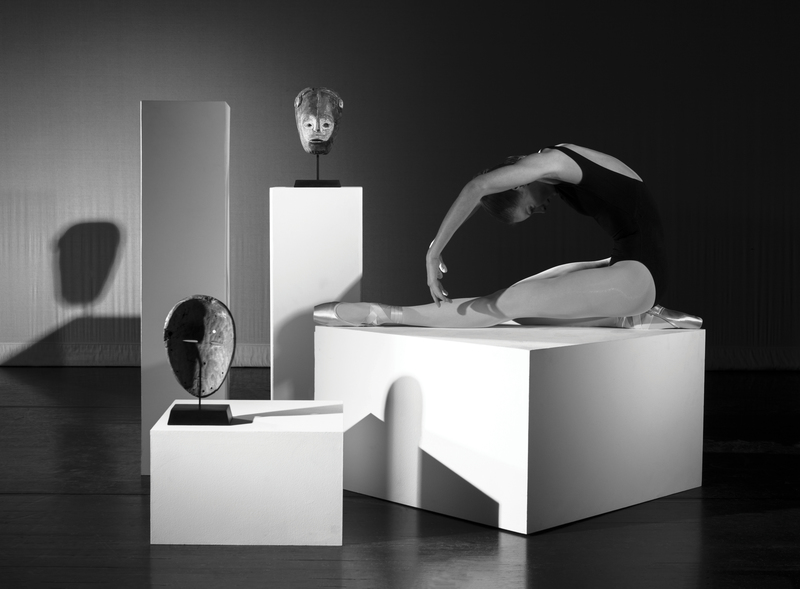
If you could choose any artist/creative to collaborate with, who would that be and why?
I have so many collaborators, my works insists on this. In Chicago I collaborate with Norman Kelly an architectural firm that began in 2018 and has grown to become a more elaborative engagement. We are working on many upcoming projects in 2019 into 2020. I am very grateful for our workings together.
What do you do to switch off?
LOL, it doesn’t happen very often but when I do I like to stay home. I recently purchased a condo in Chicago and so I like to invite friends over and cook.
What Does Home Mean to You?
Home can mean many things for me, and in the past it has always meant a transitional space. In Chicago having bought a place it has become a more stable notion. I travel a lot but knowing I have a physical space I can go to and call my own has become very important to me.
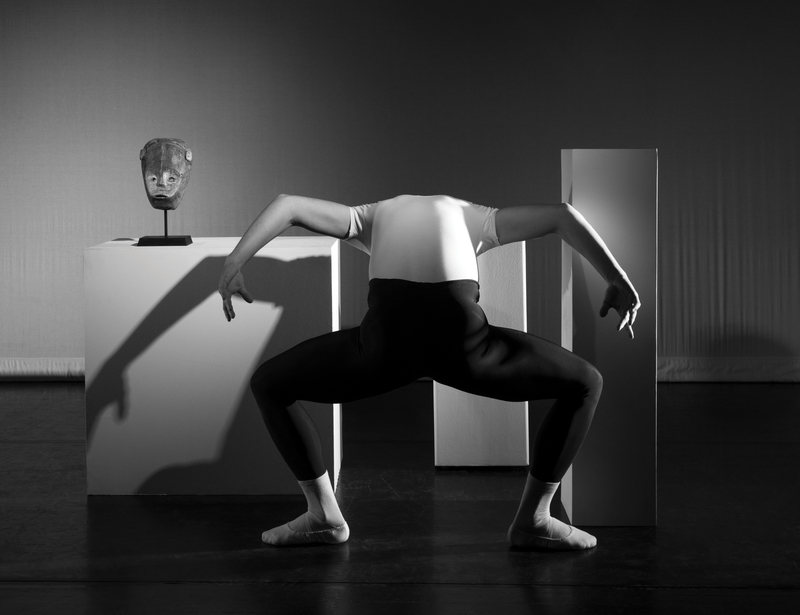
Sometimes people relate a specific smell to the city they live in or the place they grew up, does Chicago evoke a personal smell to you?
I have definitely heard that but as of now I haven’t honed in on a smell.
What is your favourite time of the day?
My favorite time of the day is dusk, right before the sun changes and we move into night.
If you weren’t living in Chicago and could choose any city to live in where would that be, and why?
Chicago is definitely home now and it gives me many moments of stability but I lived in NYC for 13 years and loved that energy. If I didn’t live in Chicago I might move back, but for now I get the best of both as I live in Chicago and visit monthly the big A!
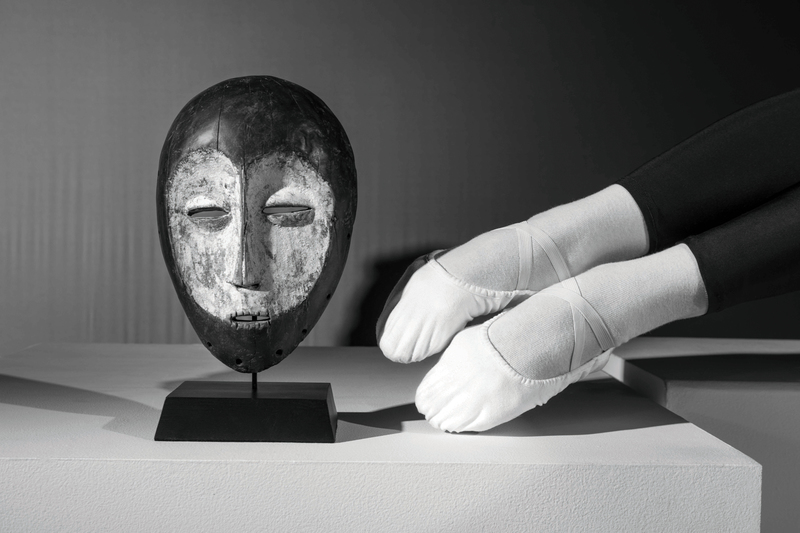
Chicago by Brendan Fernandes
A selection of places in Chicago - recommended by artist Brendan Fernandes. See all of Brendan's favourite places here
More Interviews


